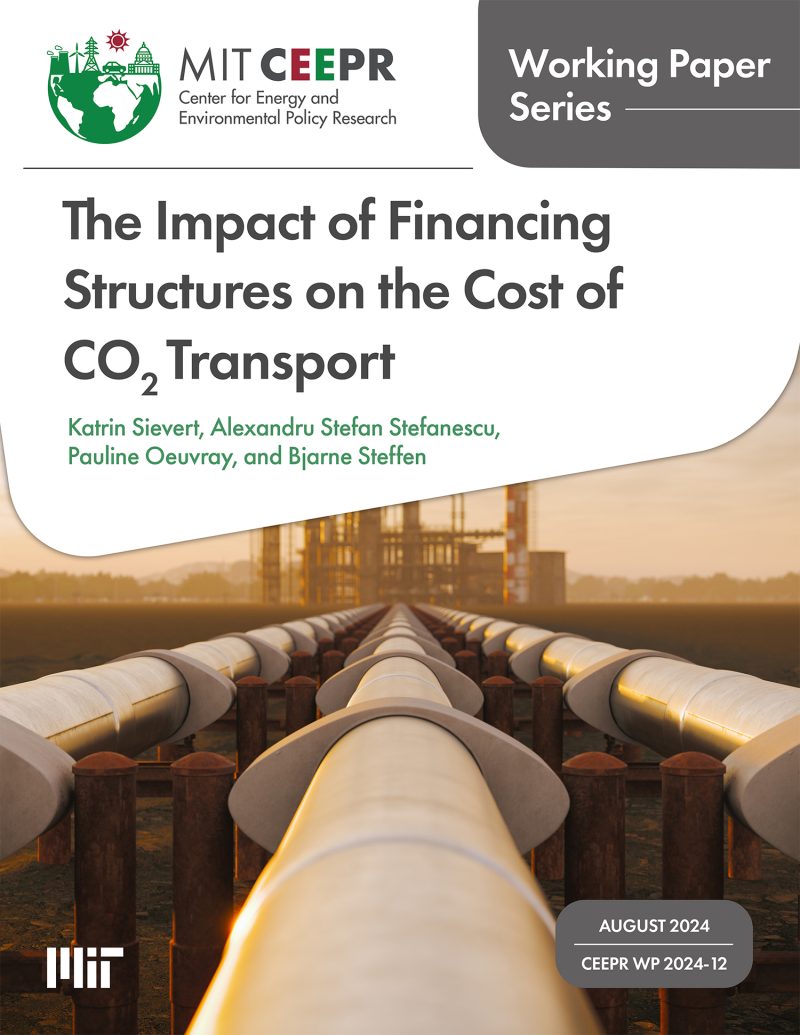The Impact of Financing Structures on the Cost of CO2 Transport
Katrin Sievert, Alexandru Stefan Stefanescu, Pauline Oeuvray, and Bjarne Steffen
August 2024
The economic operation of carbon capture and storage (CCS) facilities hinges on the availability of CO2 transport infrastructure, and the financing structure of new transport assets will affect CO2 transport cost. Building on economic studies of infrastructure finance in other sectors, we empirically calibrate the cost of capital and operational efficiency under different financing structures, considering CO2 transport via pipelines, barges, trains, and ships in a levelized transport cost model. Our results show that the choice of financing structure can result in transport cost differences of up to 22% for pipelines, with smaller effects observed for the other transport modes. Generally, public finance emerges as the most cost-effective financing structure for all CO2 transport modes; the advantages of a lower cost of capital compared to private finance options outweigh the associated operational efficiency disadvantages. While additional aspects beyond cost must be considered when selecting financing structures for new infrastructure assets, our ex-ante analysis underlines the importance of financing structures for the economic viability of CO2 transport assets, and for CCS more broadly.
Keywords: Carbon capture and utilization, climate change mitigation, infrastructure investment, regulated asset base, cost of capital
JEL Codes: H54, L90, L95, Q40



